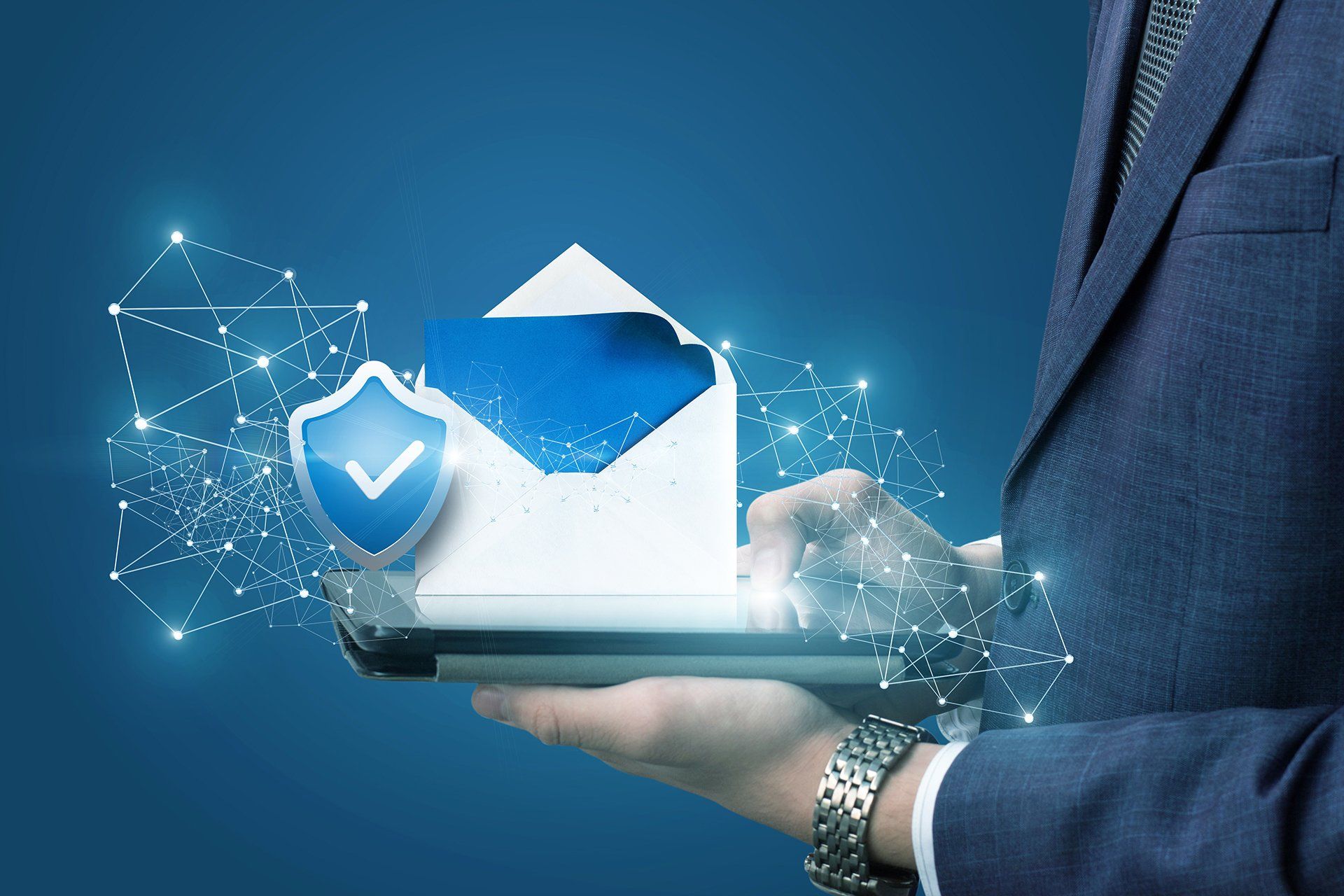What is phishing awareness training?
Understanding Awareness Training
Anti-phishing awareness training helps people to drastically reduce that error rate by giving them a solid foundation. All malware that targets people gets in via different types of phishing attacks. By exposing employees to all possible phishing variants, in a safe and controlled environment, they will recognise the real dangers when they occur.
Greater cybersecurity awareness starts with thorough anti-phishing awareness training. Viruses, malware, ransomware, etc. come in two varieties: one that tries to worm its way through technical security measures (firewalls, anti-spam, etc.) and one that focuses exclusively on people. It is this second type that poses the greatest danger today: 90% of all cyber breaches start with human error.
Why Anti-Phishing Training is important
Thorough cybersecurity workshops have an expiration date. While participants will believe they'll have learnt all they need to know to be safe from cyber dangers, the opposite is true. After less than six months, every part of the training will have been forgotten, but the (over)confidence remains. Anti-phishing training not only reminds recipients of what the dangers look like, it also serves as a periodic overview of new and trending threats.
With regular simulated phishing training, recipients are better aware of the many types of danger on the internet, while the necessary skills they need to recognise them remain fresh in their minds.




Sedona Technologies®
600 35th Avenue
Moline, IL 61265
1.877.854.3548
Sedona Technologies Services
Dealer Solutions
All Rights Reserved | Sedona Technologies®
Quality Assurance | Privacy & Security | Terms of Use | California Consumer Privacy Act (CCPA) Applicant Notice
Sedona Technologies is a member of The Sedona Group® of Companies


